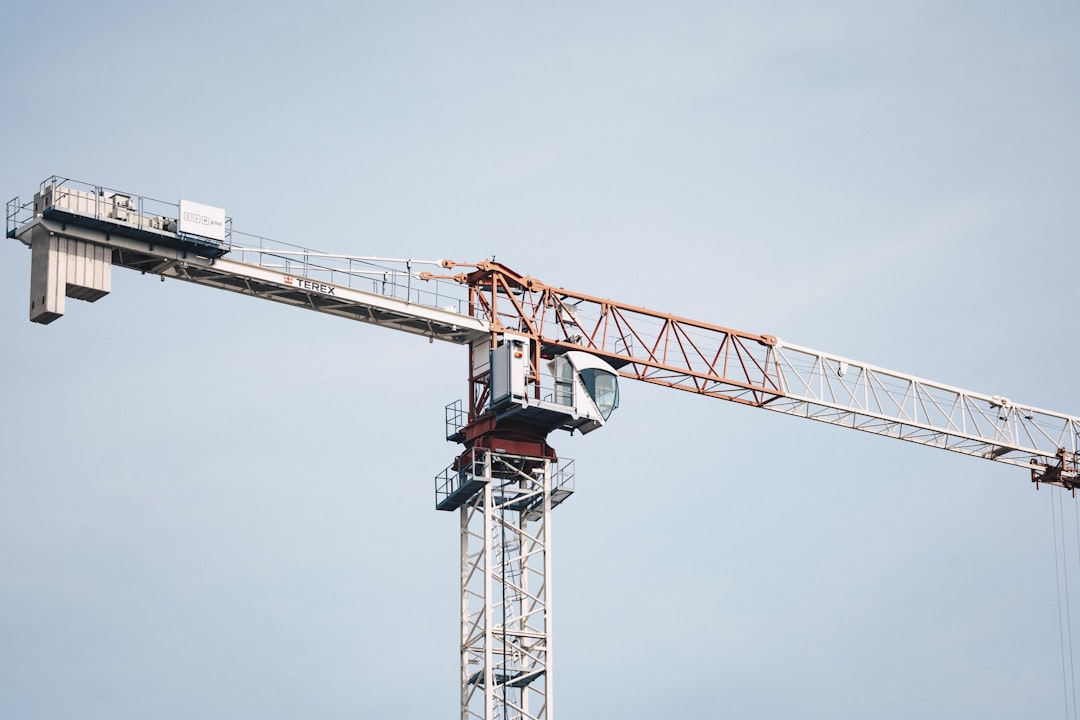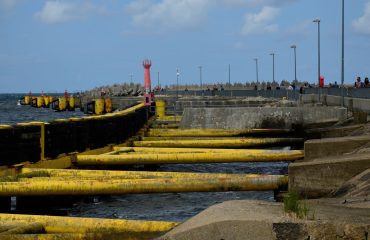Scaffolding is an indispensable part of modern construction, providing temporary support for workers and materials at heights. At the heart of most scaffolding systems lie scaffolding pipes – the sturdy, versatile components that ensure safety and efficiency on construction sites. This comprehensive guide explores the multifaceted world of scaffolding pipes, delving into their types, applications, safety considerations, and more.
Types of Scaffolding Pipes Used in Construction
Scaffolding pipes are primarily made from steel, chosen for its strength, durability, and resistance to bending and compression. However, different types exist, each suited for specific applications:
- Standard Scaffolding Pipes: These are the most common type, typically made from mild steel and conforming to industry standards like ASTM A53. They come in various diameters and lengths, offering flexibility in scaffolding design.
- Galvanized Scaffolding Pipes: To enhance corrosion resistance, especially in outdoor or humid environments, many scaffolding pipes undergo galvanization – a process that coats the steel with zinc. This significantly extends their lifespan and reduces maintenance.
- Black Scaffolding Pipes: These are ungalvanized pipes and are generally less expensive than galvanized pipes. However, they require more frequent maintenance and are more susceptible to rust and deterioration, limiting their lifespan and potentially compromising safety.
- Aluminum Scaffolding Pipes: Lighter than steel, aluminum pipes are sometimes used where weight is a major concern, such as in renovations or interior work. However, they are generally less strong than steel and may not be suitable for all applications.
Applications of Scaffolding Pipes Across Diverse Construction Projects
The versatility of scaffolding pipes makes them essential across a broad spectrum of construction projects:
- High-Rise Buildings: Scaffolding systems built with robust steel pipes are crucial for the safe construction and maintenance of high-rise buildings, supporting workers and materials at significant heights.
- Bridge Construction: The construction and repair of bridges frequently involve extensive scaffolding, relying on strong and durable scaffolding pipes to create stable platforms for workers and equipment.
- Industrial Projects: Large-scale industrial projects, such as refineries and power plants, often necessitate extensive scaffolding for maintenance, repairs, and new construction, where scaffolding pipes are a fundamental component.
- Residential Construction: Even smaller residential projects benefit from scaffolding, particularly when working on multiple stories or complex exterior features. Scaffolding pipes provide the necessary support for safe and efficient work.
- Renovation and Repair: Scaffolding is equally important for renovation and repair projects, providing access to hard-to-reach areas on both interior and exterior building facades.
Safety Regulations and Best Practices for Scaffolding Pipe Usage
Safe scaffolding practices are paramount to prevent accidents. Regulations vary by location, but some universal best practices include:
- Regular Inspection: Scaffolding pipes should be regularly inspected for damage, rust, or other defects before each use. Damaged pipes should be immediately replaced.
- Proper Erection and Dismantling: Scaffolding should be erected and dismantled by trained professionals following manufacturer’s instructions and relevant safety standards. Improper assembly can lead to catastrophic failures.
- Load Capacity: The load capacity of the scaffolding system must be carefully considered and never exceeded. Overloading can result in collapses.
- Fall Protection: Appropriate fall protection measures, such as guardrails and safety nets, must be in place at all times to protect workers from falls.
- Proper Grounding: If working near electrical lines, proper grounding techniques are crucial to prevent electrocution.
Maintaining and Extending the Lifespan of Scaffolding Pipes
Proper maintenance significantly extends the lifespan of scaffolding pipes and enhances safety. This involves:
- Regular Cleaning: Regularly cleaning pipes removes dirt, debris, and corrosive substances, preventing premature deterioration.
- Rust Prevention: For black pipes, applying rust-preventative coatings helps to extend their lifespan and maintain structural integrity.
- Storage: Proper storage in a dry, protected environment prevents corrosion and damage from the elements.
- Repair and Replacement: Damaged pipes should be promptly repaired or replaced to maintain the structural integrity of the scaffolding system.
- Regular Inspections and Certification: Periodic inspections by qualified personnel ensure that the scaffolding remains safe and compliant with regulations.
Choosing the Right Scaffolding Pipes for Your Project
Selecting the appropriate scaffolding pipes for a specific project depends on several factors:
- Project Height and Complexity: Larger and more complex projects will require more robust scaffolding systems and potentially larger diameter pipes.
- Environmental Conditions: Projects in harsh environments (e.g., coastal areas) may necessitate galvanized pipes to resist corrosion.
- Budgetary Constraints: The cost of different types of scaffolding pipes varies, and budget considerations may influence the choice of material.
- Accessibility and Transportation: The weight and size of the pipes will impact transportation and handling on site.
- Local Regulations and Safety Standards: Compliance with local regulations and safety standards is paramount and will influence the type of scaffolding pipes that can be used.
By understanding the different types of scaffolding pipes, their applications, safety regulations, and maintenance requirements, construction professionals can ensure the safe and efficient completion of their projects. Remember, prioritizing safety is not just a best practice; it’s a legal and ethical obligation.




